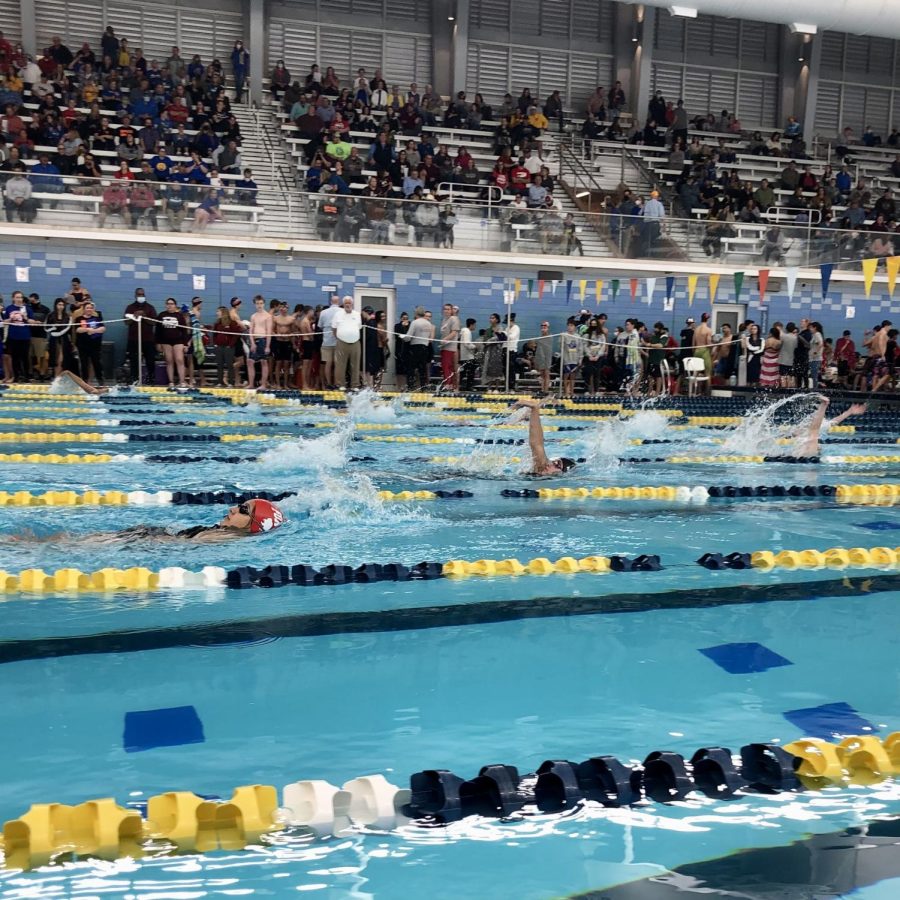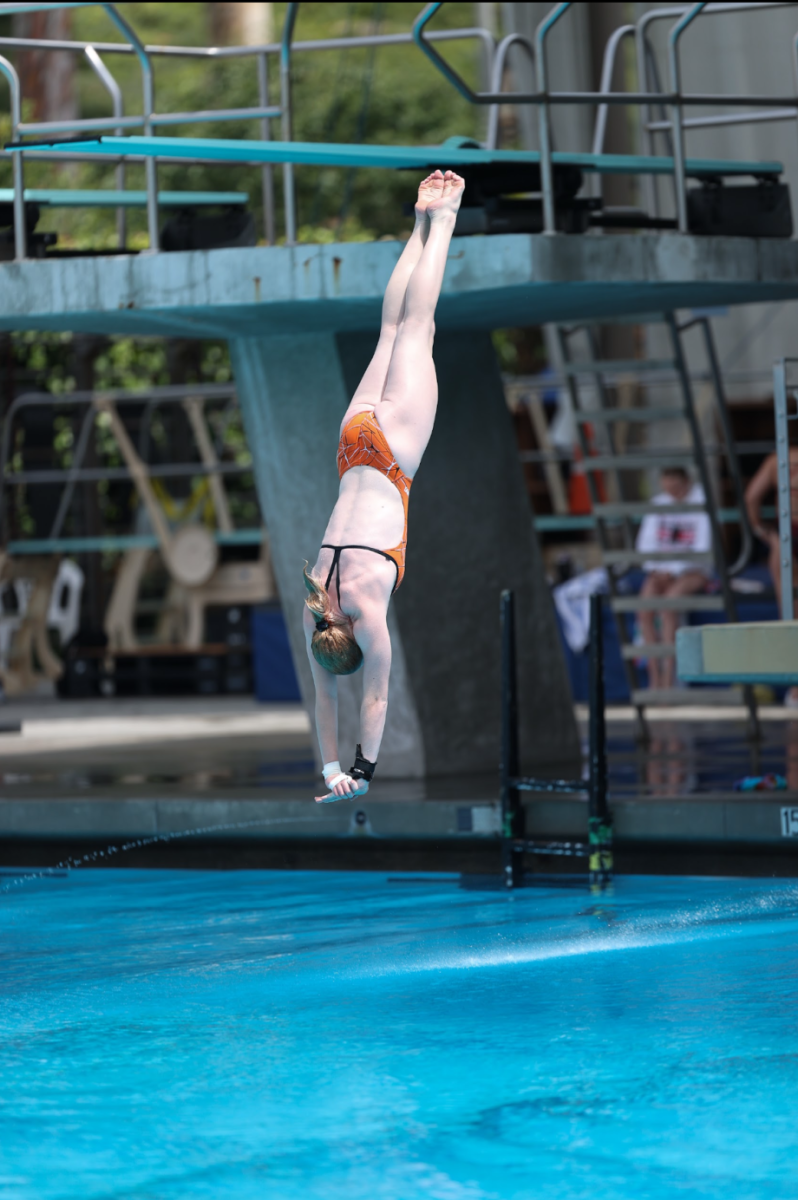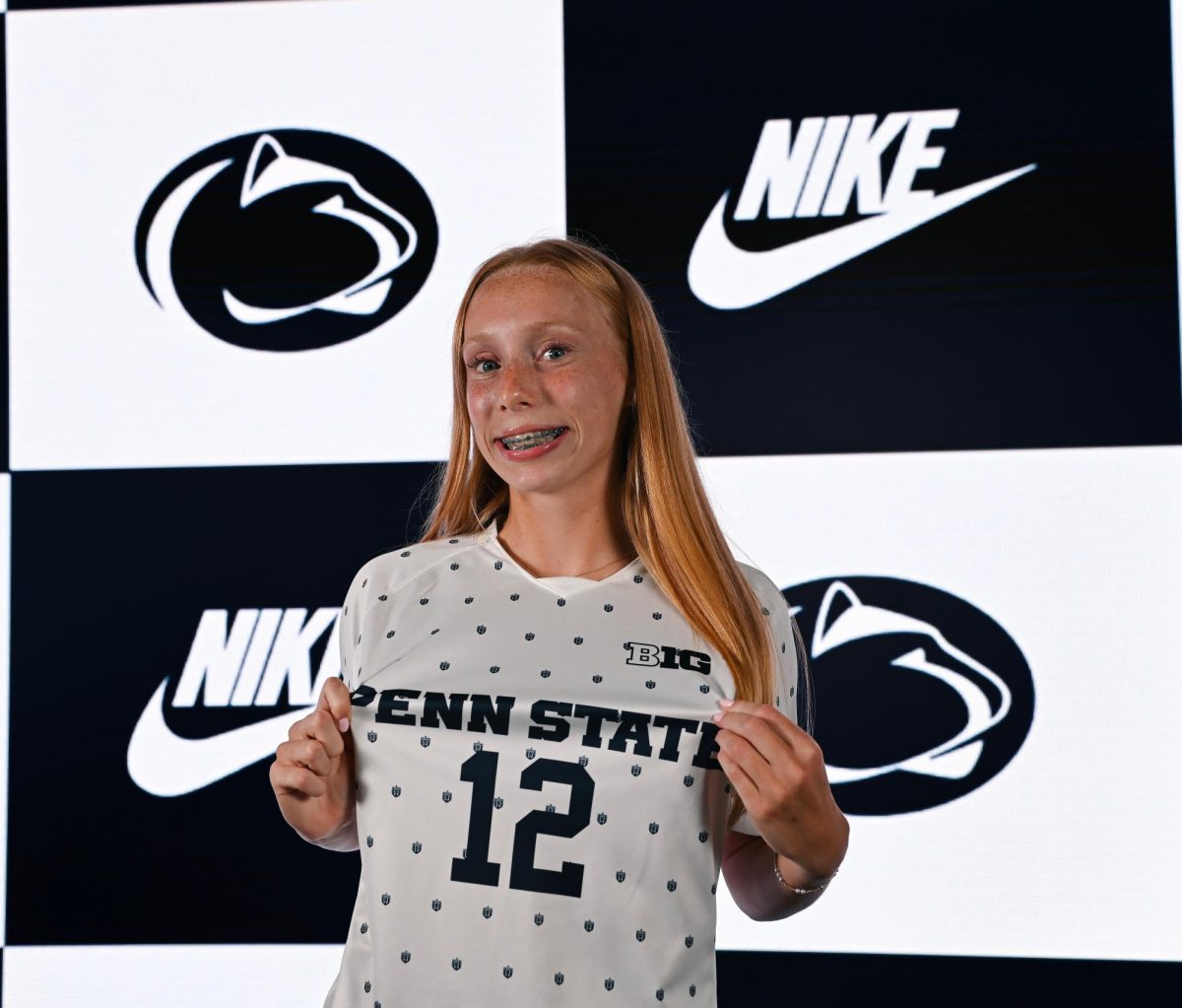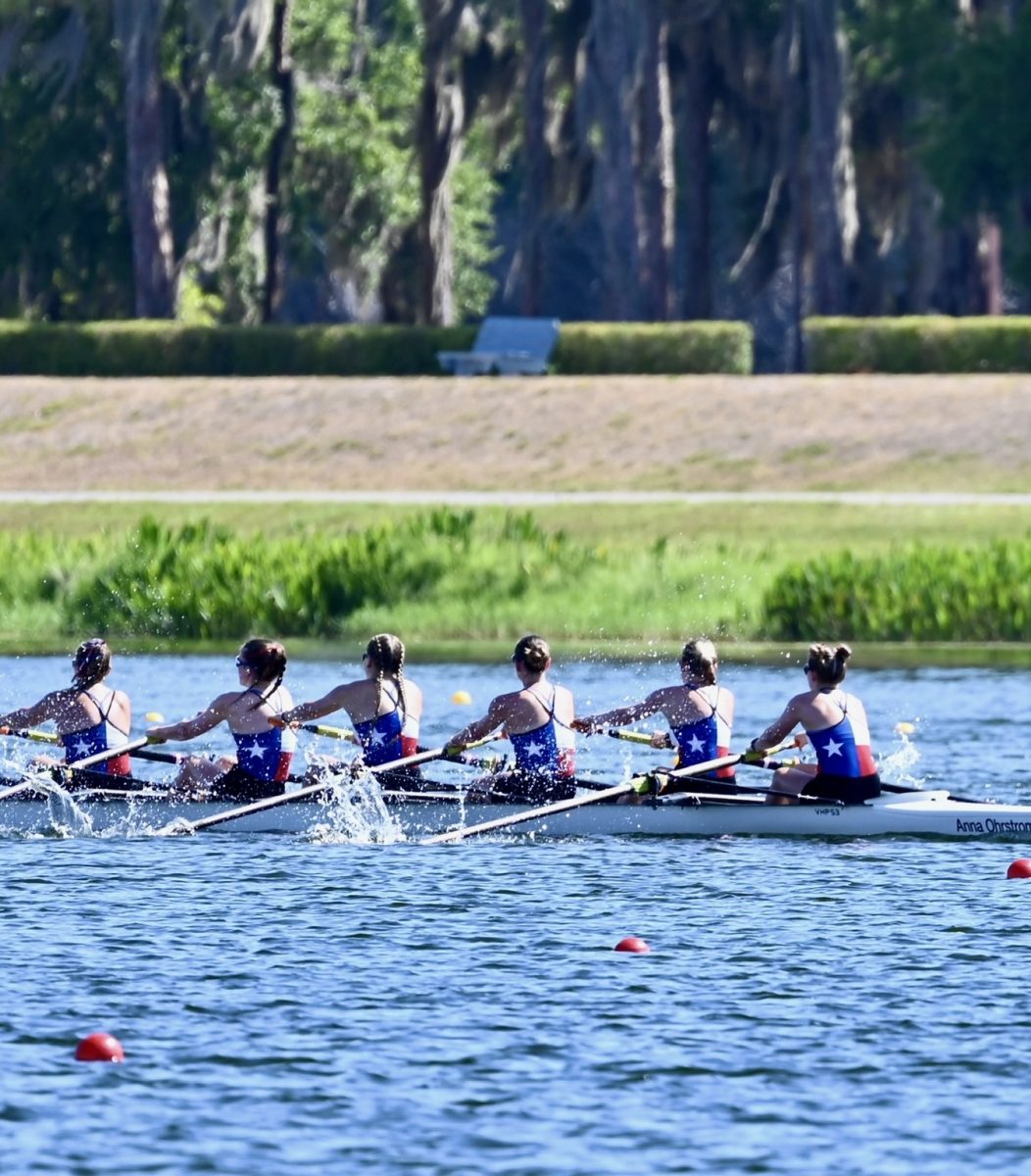I wake up at 4:45 a.m., still half asleep as I roll out of bed and get ready to go swim. I drive 30 minutes to the outdoor pool where we practice. It’s 32 degrees Farenheit, and I can see the steam rising from the water as I run to jump in the pool. This year will be my fourth year on the McCallum swim team. Before the season begins, I had no clue where we were going to practice, and for the past three years, we’ve practiced at a six-lane outdoor facility. This is because there is no designated practice facility in Austin ISD. AISD should implement a natatorium because the lack of practice space is inequitable and unsafe for students.
A natatorium is an indoor pool. A school natatorium can cost between 10-25 million dollars to build. Additionally, natatoriums require staff to keep the pool clean and safe. To build a natatorium, a space for the building and parking would be needed. This is likely one of the reasons why AISD doesn’t have a natatorium.
Although there are challenges in building pools for school districts, it isn’t unheard of. Austin is one of the few big school districts that doesn’t have a natatorium. School districts in San Antonio, Dallas and Houston have natatoriums. Smaller school districts in Texas also have natatoriums such as Belton, which I know because Austin teams often have meets there.
In the years before COVID, having a practice facility wasn’t as much of a problem. The Jamail Texas Swimming Center at the University of Texas used to be rented out to AISD schools.
Over COVID the swim center was closed for over a year, so the center lost the money that it usually earned from groups renting its pool. After reopening, it closed the facility to AISD schools. Coaches believe the facility was no longer rented to AISD schools because the university got more money from club teams.
Swim is one of the few sports in AISD that doesn’t have a practice facility provided by the district. Each team has to find a pool to rent at the start of the season. This can be upwards of hundreds of dollars each month.
So why is this such a big issue? There are plenty of pools in Austin, and as long as teams can find a place to practice, they will be fine. The issue is that there are limited pools open year-round and even fewer pools available for teams to rent out. An additional issue is that pools are needed before or after school and not during the day.
The pool that the McCallum team currently uses is at Great Hills Country Club. This pool is outside and 15-20 minutes away from McCallum.
Not only are the practices uncomfortable when it’s cold, but the weather also messes with the team’s practice schedule. If the temperature is under 28 degrees Fahrenheit or if there is thunder, practice is canceled.
I remember there was a period last year when we had four practices in a row canceled right before a big meet. Although with an indoor facility practices would still occasionally be canceled, practices would not be canceled at the rate they are now.
Teams that have more parent funding get the opportunity to practice at better facilities. This gives them unfair advantages in swim meets.
A $2.18 billion bond is to be voted on in the upcoming election. All high schools will be getting a new competition field, but there’s no support for AISD swim teams in the new bond. Money from the bond could be used to build a natatorium for AISD. Lifeguarding could be a class available for high school students. Students could get lifeguard training and then have the opportunity to work before or after school at the natatorium. AISD could earn money from the natatorium as well. They could do this by hosting swim meets and renting the facility out to swim teams in need of a pool.
CORRECTION: A previous version of this story reported that the cost of building a natatorium was between 300,000-500,000 dollars. Although this is the cost to upkeep a natatorium per year, the cost to build a natatorium is between 10-25 million dollars.








